
The Role of ECT8 in Decoding Salt Stress Resistance in Plants
Zhihe Cai (Synthetic and Functional Biomolecules Center, Beijing National Laboratory for Molecular Sciences, Key Laboratory of Bioorganic Chemistry and Molecular Engineering of Ministry of Education, College of Chemistry and Molecular Engineering, Peking University, Beijing 100871, China)
https://doi.org/10.1093/plcell/koae149
Background:…
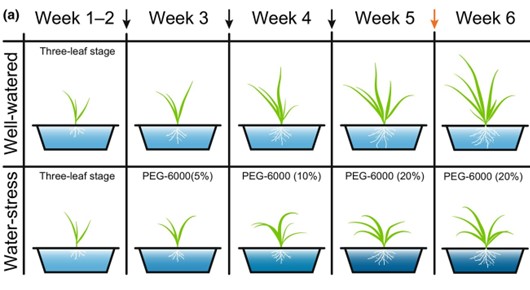
Using emmer wheat to discover genes involved in drought tolerance
Wheat is a major global crop, but its yields are severely compromised by drought, thus developing varieties with a higher drought tolerance is important. Emmer wheat (Triticum turgidum) is a wheat ancestor that contains more genetic diversity than cultivated varieties, so it can be used in genome wide…
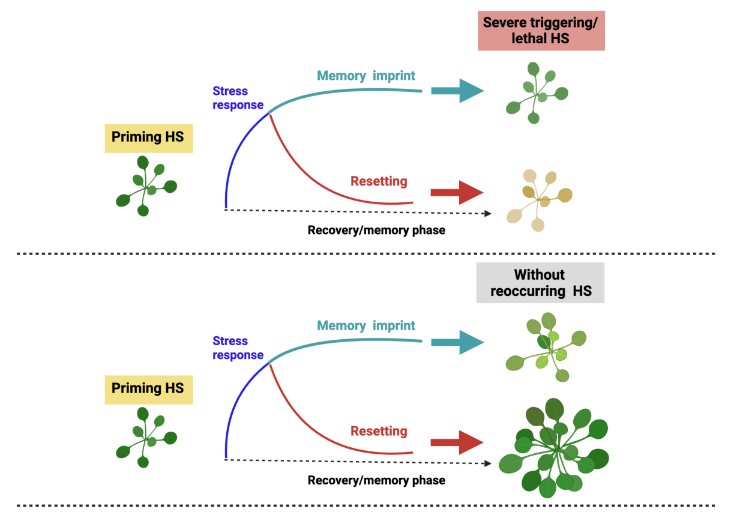
Review. Autophagy: A key player in the recovery of plants from heat stress
Plants have a remarkable ability to adapt to stress. For many stresses, plants respond to short-term mild exposure by becoming more tolerant to subsequent harsher stresses that would otherwise be lethal; this effect is known as priming. Priming occurs through several mechanisms that can include changes…

Oryza glumaepatula: A wild relative to improve drought tolerance in cultivated rice
When we speak about rice, we’re often referring to one of two domesticated species, Oryza japonica or Oryza indica. However, there are an additional 25 species in the genus Oryza. These so-called wild relatives harbor substantial genetic diversity that holds promise for crop improvement. Here, Prakash…
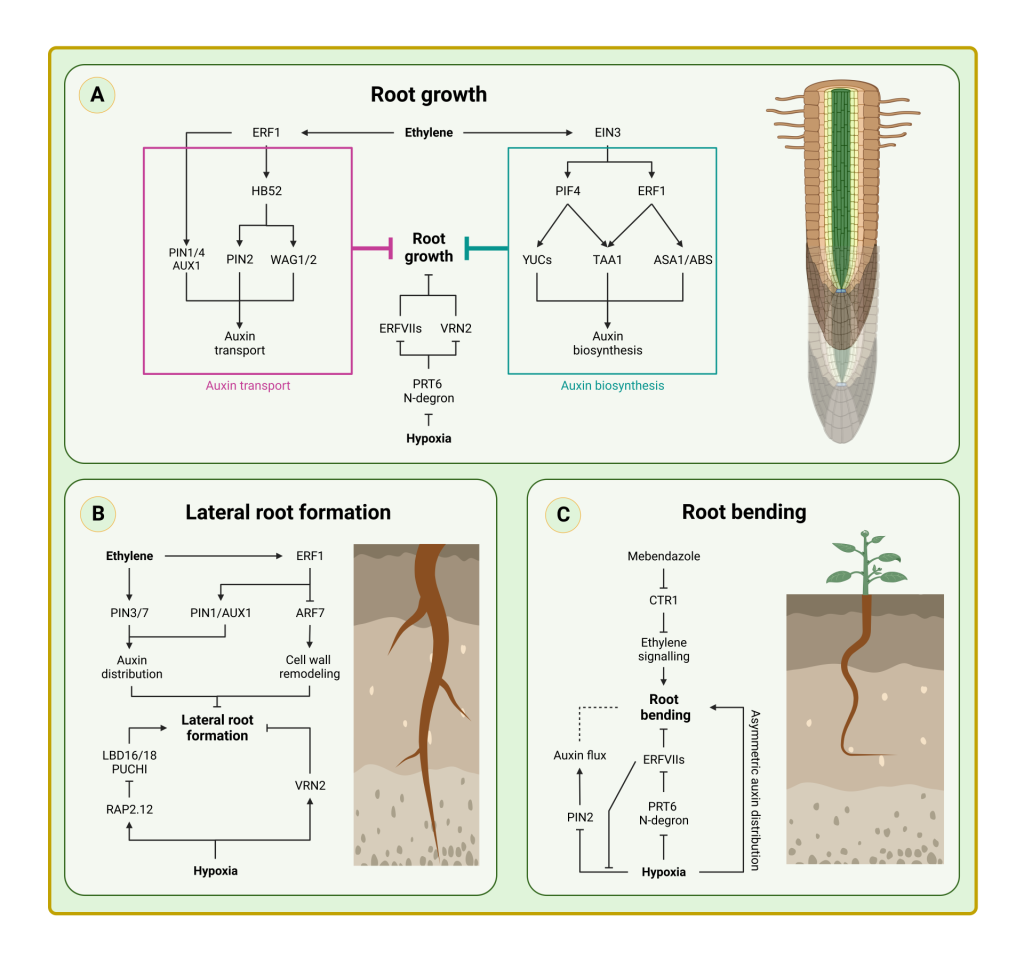
Review: How plant roots respond to waterlogging
As the hottest year on record, 2023 has truly been a global annus horribilis during which humans, other animals, and domesticated and wild plants have faced unprecedented environmental challenges. In the past month alone, torrential rainfalls have wreaked havoc in Asia, the Middle East, and many parts…
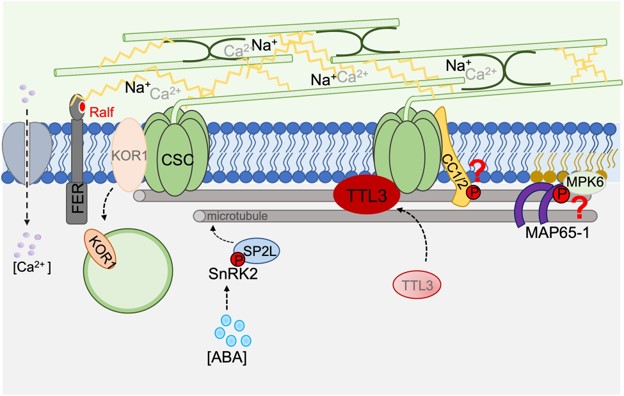
Review: The cell biology of primary cell walls during salt stress (Plant Cell)
Salt is a massive problem for most land plants. At the macroscopic level, excess soil salinity can cause stunting or death. At the molecular / cellular level, salinity causes both osmotic and ionic challenges that affect membrane homeostasis, molecular interactions, and protein stability. A new review…
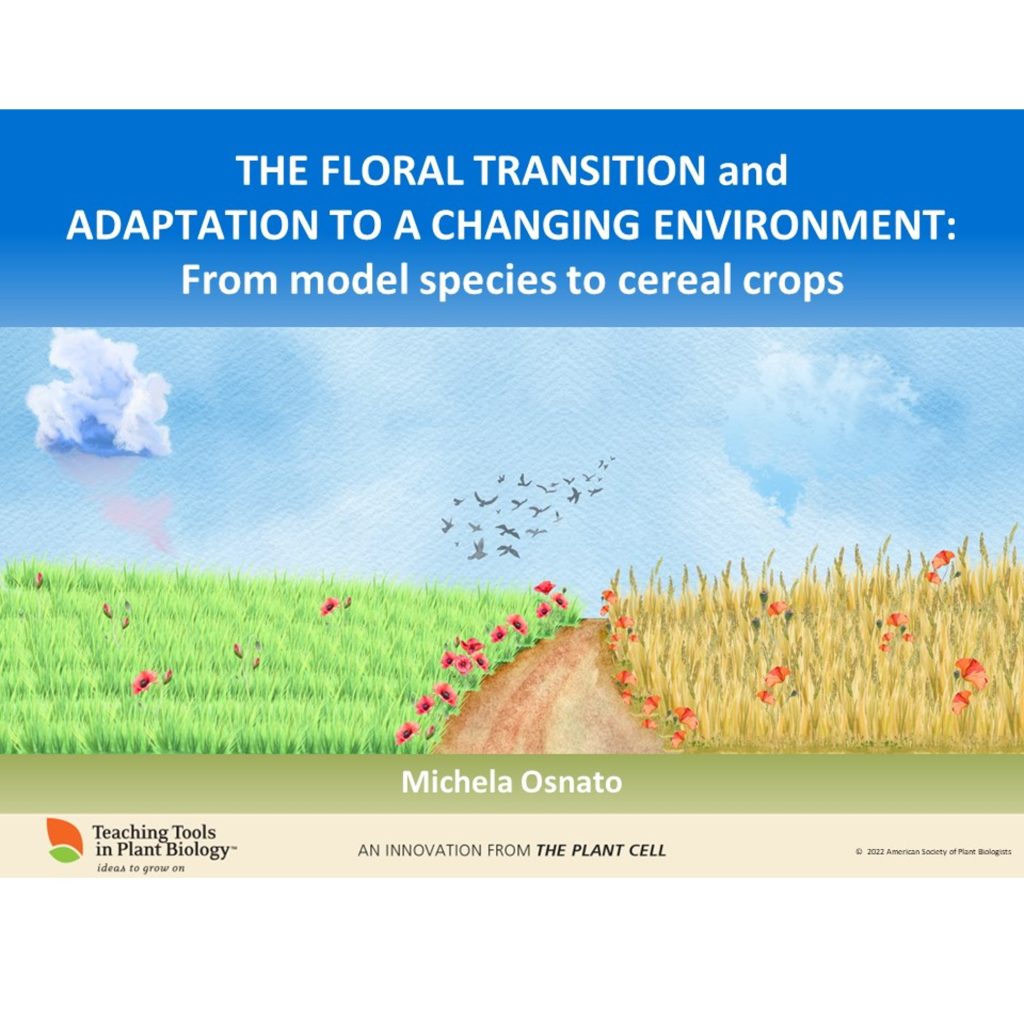
New Teaching Tool, “The Floral Transition and Adaptation to a Changing Environment: from Model Species to Cereal Crops"
Meet the newest member of the Teaching Tools in Plant Biology family, The Floral Transition and Adaptation to a Changing Environment: from Model Species to Cereal Crops, by Michela Osnato. Freely available in the November 2022 issue of The Plant Cell. You can download the resources here, from the supplemental…
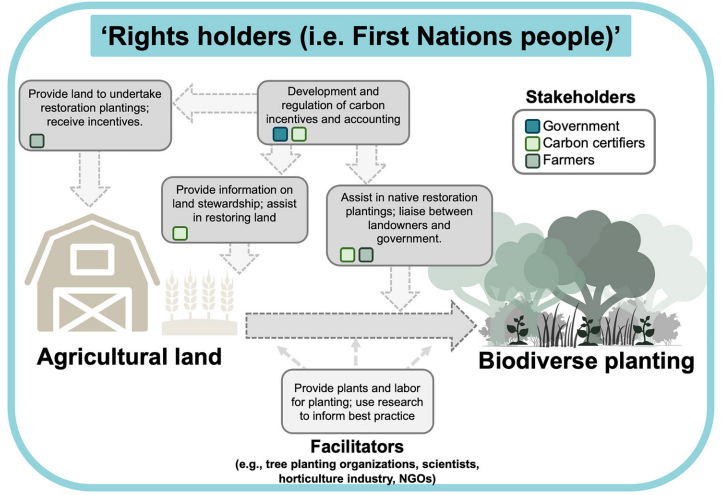
Review. Defining biodiverse reforestation: Why it matters for climate change mitigation and biodiversity (PPP)
Biodiversity contributes to thriving, healthy ecosystems that are essential for climate tolerance, improving water quality and habitat structure. As time goes on, there is increasing pressure to address climate change concerns worldwide, with one possible climate change mitigation approach being reforestation…
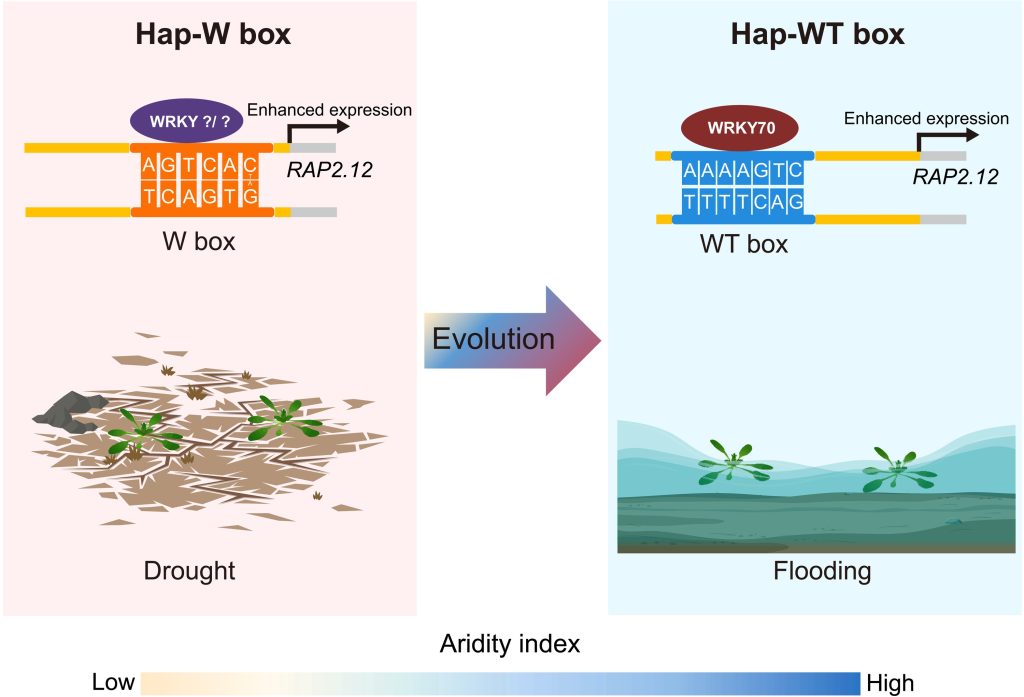
Allelic shift in cis-elements of the transcription factor gene RAP2.12 underlies adaptation associated with humidity in Arabidopsis thaliana (Science Adv)
To better understand plant responses to different environments, Lou et al. compared Arabidopsis thaliana accessions derived from Sichuan (high precipitation/regular flooding) and Tibet (arid) to isolate genetic adaptations towards flooding stress. The two accessions showed divergent phenotypes: the Sichuan…

